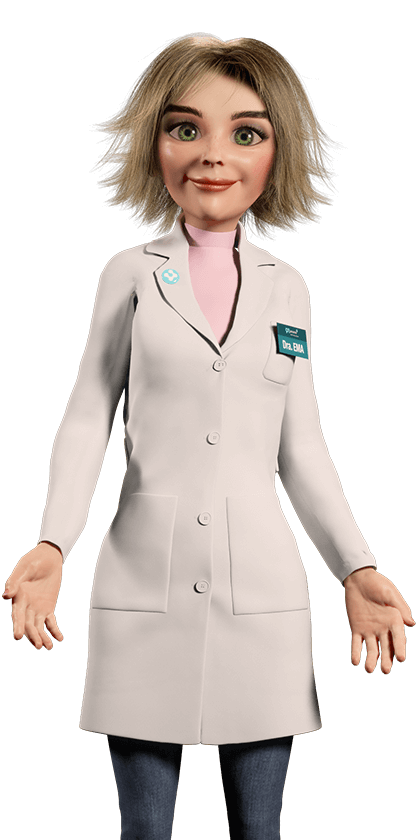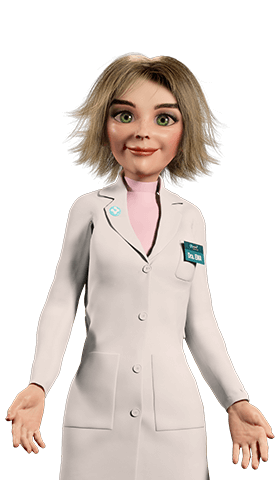Nervous system
What about when your head explodes and all you want is dark and quiet?
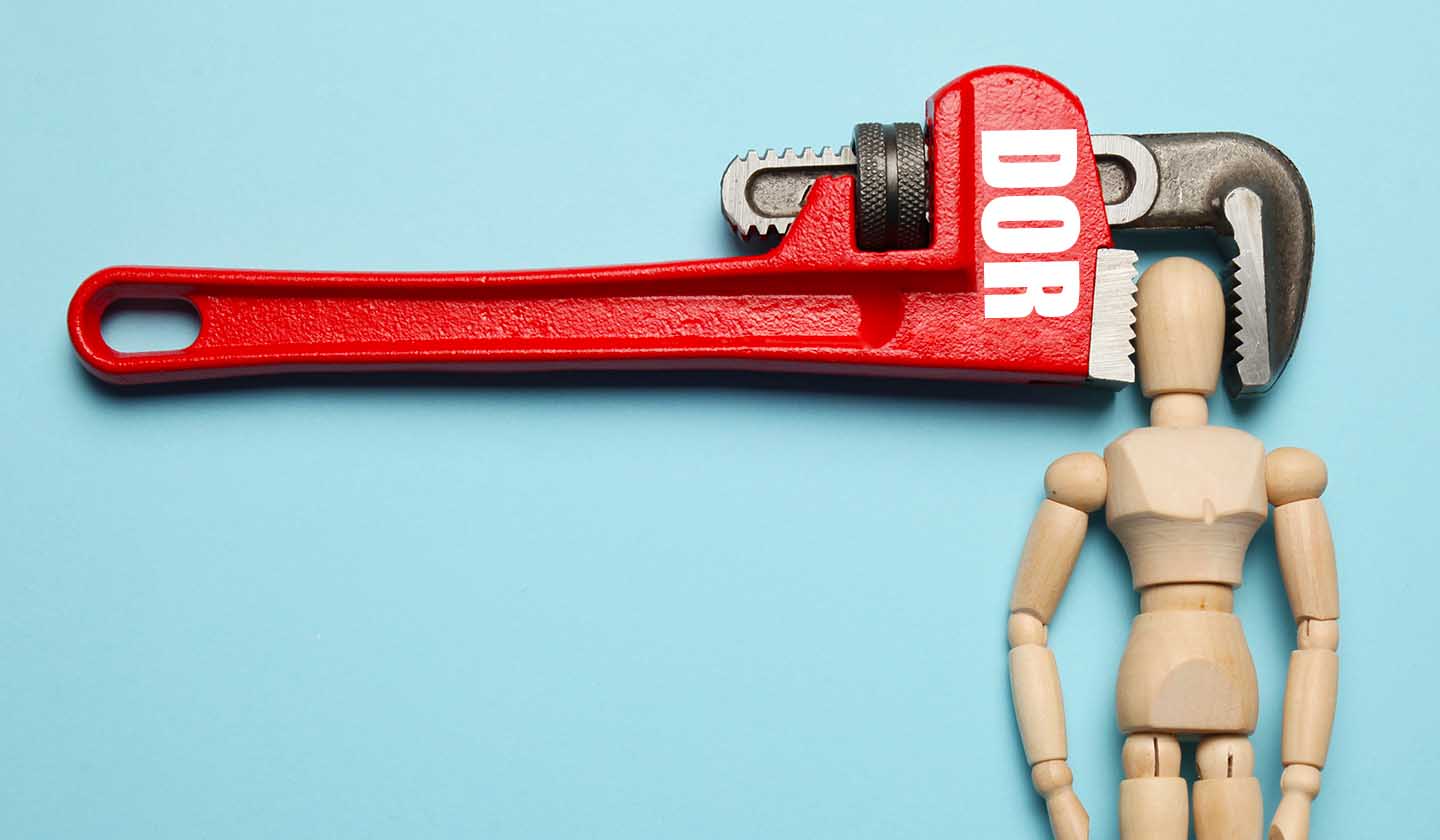
Headaches, characterized by a localized pain in the head or in the cervical region, are highly disabling neurological pathologies, especially for the working-age population. According to the World Health Organization (WHO) they are the third cause of disability worldwide.
Headaches are classified according to their origin, and they can be primary, secondary or neuralgia.
Primary headaches - do not result from another disease
- Migraines
The pain is intense, throbbing, with unilateral, pulsating location and may be accompanied by nausea, vomiting, photophobia and phonophobia. In some cases, they are preceded by visual symptoms, called "aura", during which vision may appear cloudy or with spots.
Migraine causes can be associated with altered bedtime, lack or excess sleep, tiredness, menstruation, anxiety, stressful situations, some foods (chocolate, cheese), alcoholic beverages, caffeine withdrawal, strong smells, and medications.
They are more common in women and can last from 3 hours to days, setting on with a varying frequency.
- Tension headaches
The pain is usually described as a mild and bilateral pressure, non-throbbing, accompanied by intolerance to noise and excessive contraction of the muscles of the neck and shoulders. More common in women. They are associated with anxiety, stress, tiredness and lack of rest or insufficient sleep.
- Cluster headache
The pain is intense, unilateral with an incidence in the eye or temple and it is more common in men. It may be accompanied by a red eye, tearing, dropping of the upper eyelid, changes in pupil size, congestion, or runny nose.
Episodes occur most in spring and autumn. It occurs most often at dawn; each episode can last from 15 minutes to 3 hours and repeat several times throughout the day.
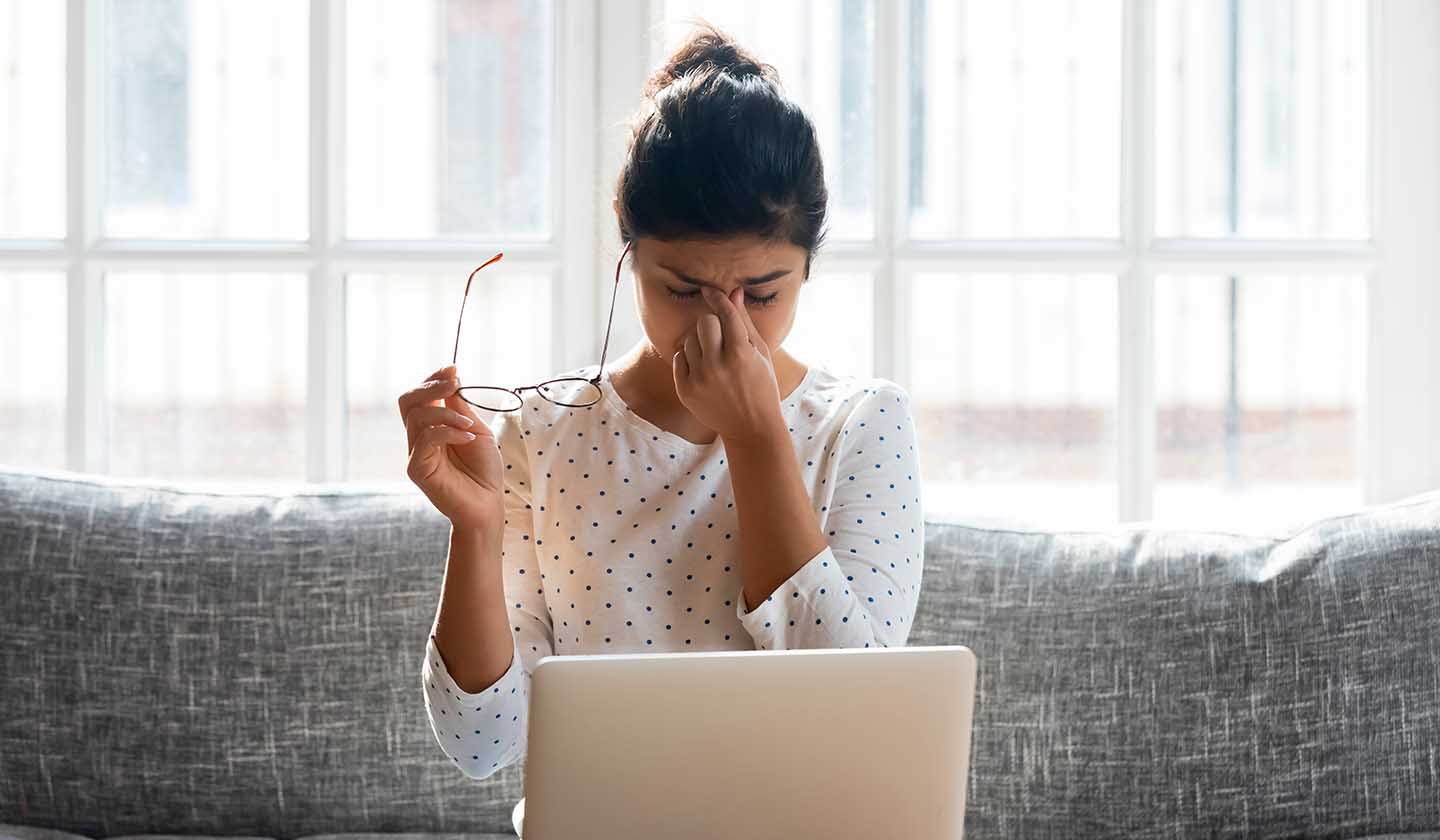
Secondary headaches
Occur in association with other health problems, such as sinusitis, head trauma, brain infections (for instance, viruses), hypoglycaemia or hypertension. They can also occur due to intoxication, alcohol withdrawal, tumours, brain haemorrhage (for instance, stroke), dental or ear infections and female hormonal changes typical of menstruation, pregnancy, and menopause.
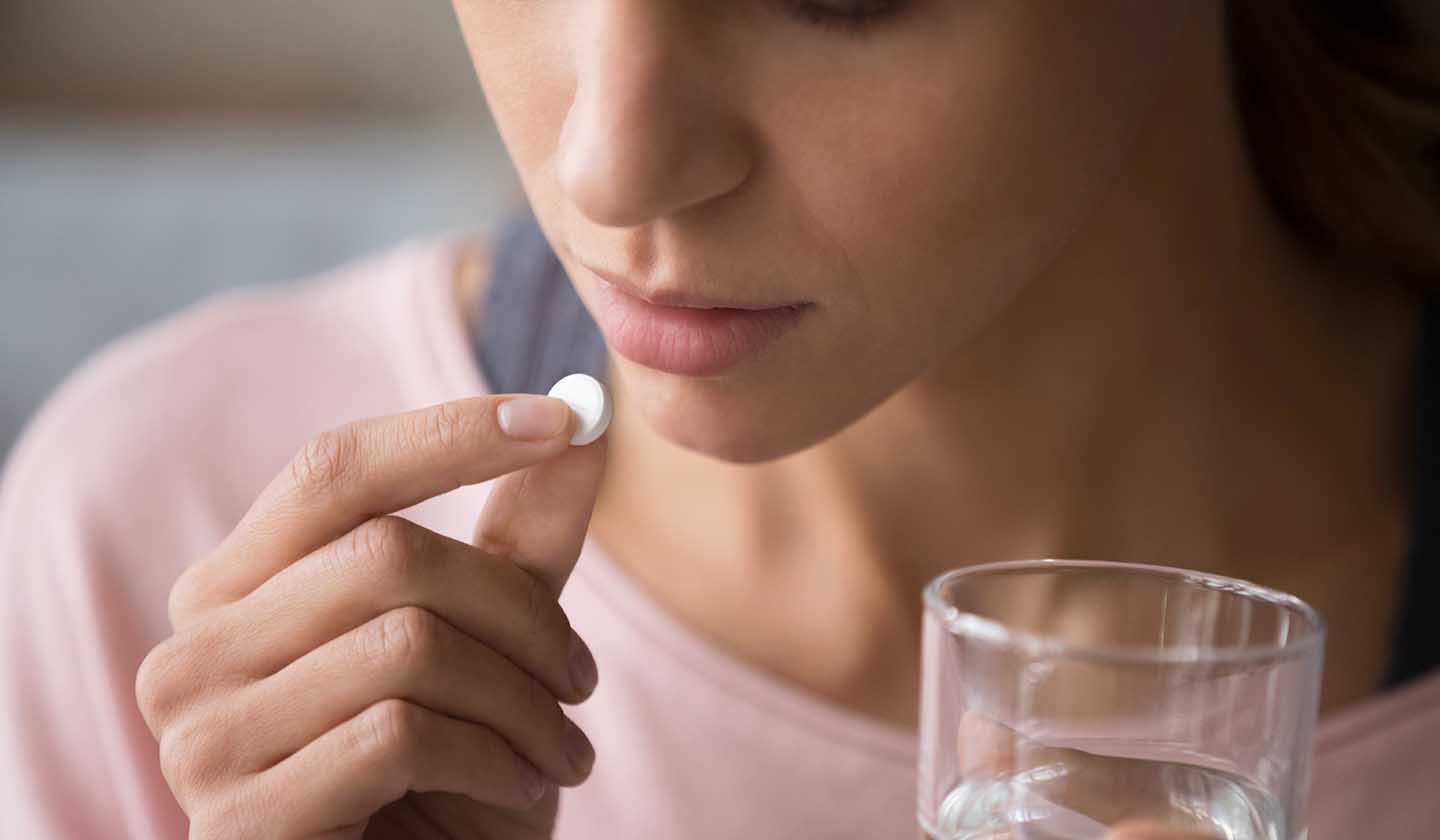
Prevention/Cares to be taken
The following strategies can be useful to prevent headaches by reducing attack frequency, duration, and intensity:
- Eat a balanced diet, avoid going a long time without eating, do not skip meals, especially breakfast
- Practise physical exercise regularly
- Control your anxiety and stress, for instance, yoga and tai chi practise can be helpful
- Poor body posture
- Localised muscle tension (shoulders, neck and head)
- Excess or deficit of sleep
- Avoid certain foods, such as cheese, cured meats, sausages, chocolate, pizza, ice cream, fried foods and caffeine, alcohol and sugar in excess.
- Smoking cessation
- Avoid exposure to lifestyle related triggering factors

Treatment
Patients should keep a record of their crises and associated factors, for instance: crisis date, location, how long does it last, if it is accompanied by other symptoms. This way, the doctor or pharmacist can better understand the treatment strategy to be applied.
First-line drugs for mild to moderate pain in tension headache and migraine are painkillers and anti-inflammatory drugs (acetylsalicylic acid, acetaminophen, ibuprofen, diclofenac). There are specific medicinal products for severe migraine and cluster headaches, and some of these can also help prevention.
Excessive and prolonged use of painkillers can give rise to the so-called exacerbation headaches, that is, the pain reappears when the effect of the last pill begins to disappear, forcing a new intake.
In an acute crisis, in addition to painkillers, cold application (for example, reusable gel bags) can help reduce symptoms, as well as applying gentle pressure on the painful area and lying down in a quiet and dark place. As an antiemetic, the pharmacist can recommend formulations with ginger.
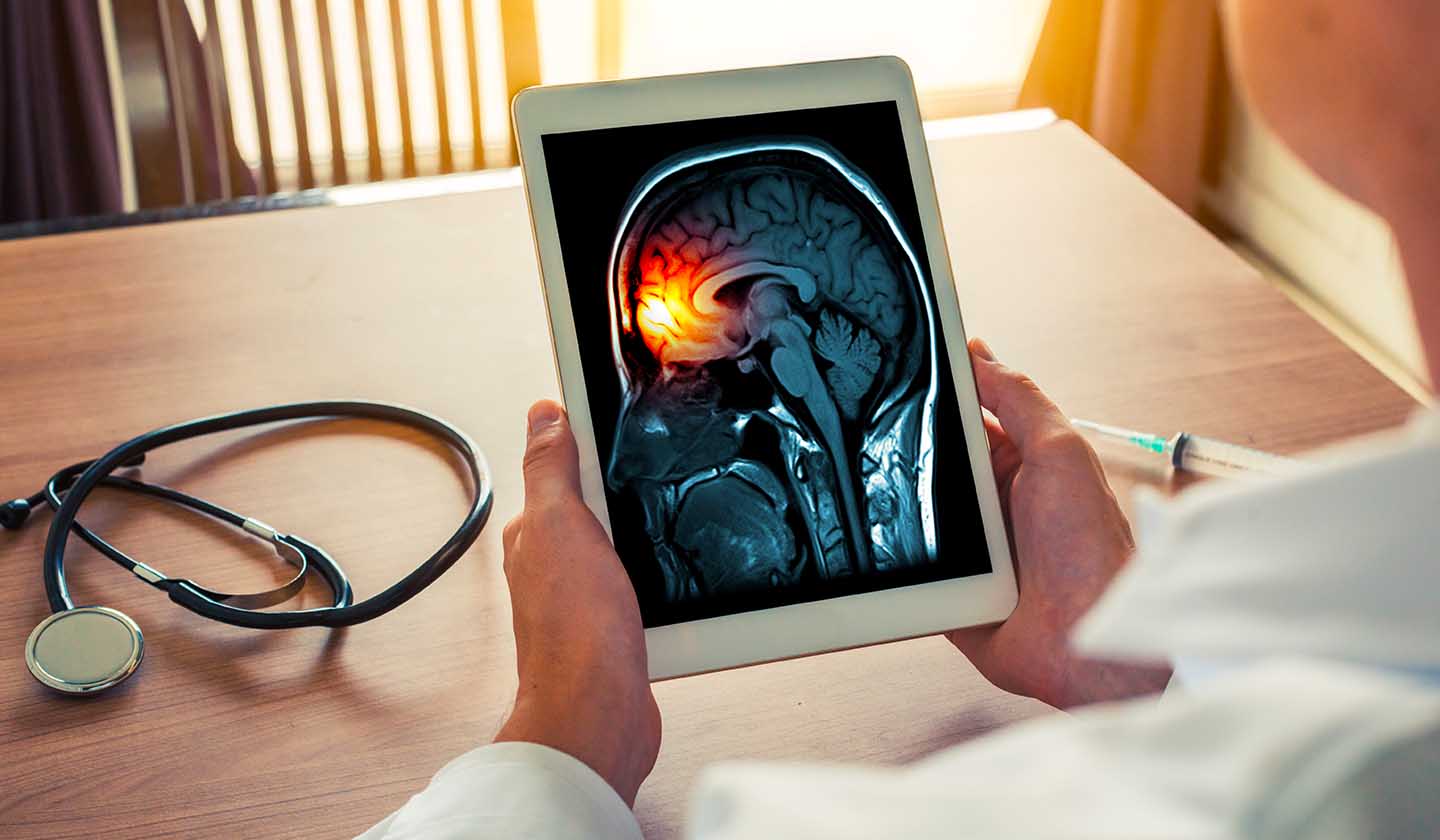
When should I see a doctor?
- Pregnant and breastfeeding women
- Children (headache in children under 12 and musculoskeletal pain in children under 2)
- Severe headache after the age of 50.
- Headache following trauma
- Severe condition (severe or disabling pain) or progressive worsening
- Prolonged duration (chronic pain; headache for more than 10 days; musculoskeletal pain for more than 2 weeks)
- Treatment does not seem effective
- Recurrent situation (headaches for 15 or more days per month)
- Medicinal iatrogenesis
Sources
iSaúde
Farmácia Distribuição Magazine
Também lhe poderá interessar
Muscles
And suddenly the muscles hurt so much that you can't even move
Mouth and teeth
